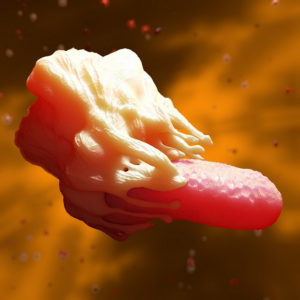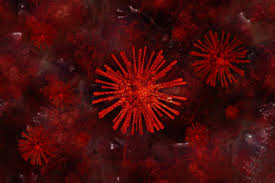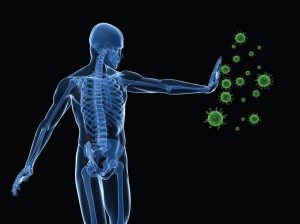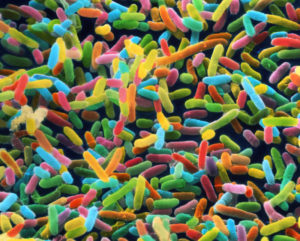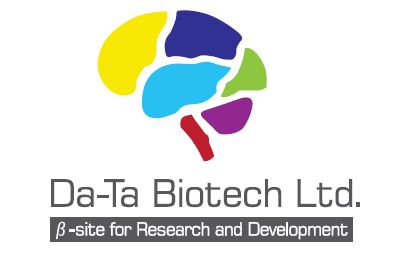Human skin is coated with microorganisms, some of which can cause serious infection when the skin barrier is wounded. But not always. Microorganisms on all barrier surfaces are continually monitored by the host’s various immune responses. Linehan et al. found that the skin-dwelling organism Staphylococcus epidermidis specifically prompts an ancient arm of the immune system (the major histocompatibility complex class 1b molecule H2-M3) to respond in a way that avoids inflammation—distinct from responses to pathogens. H2-M3 processes and presents S. epidermidis–derived N-formyl methionine peptides to CD8+ T cells. These cells express immunoregulatory and tissue-repair gene signatures and accelerate skin wound healing. Hence, hosts and microbiota can interact in highly beneficial ways that may hold promise for therapeutic interventions.
